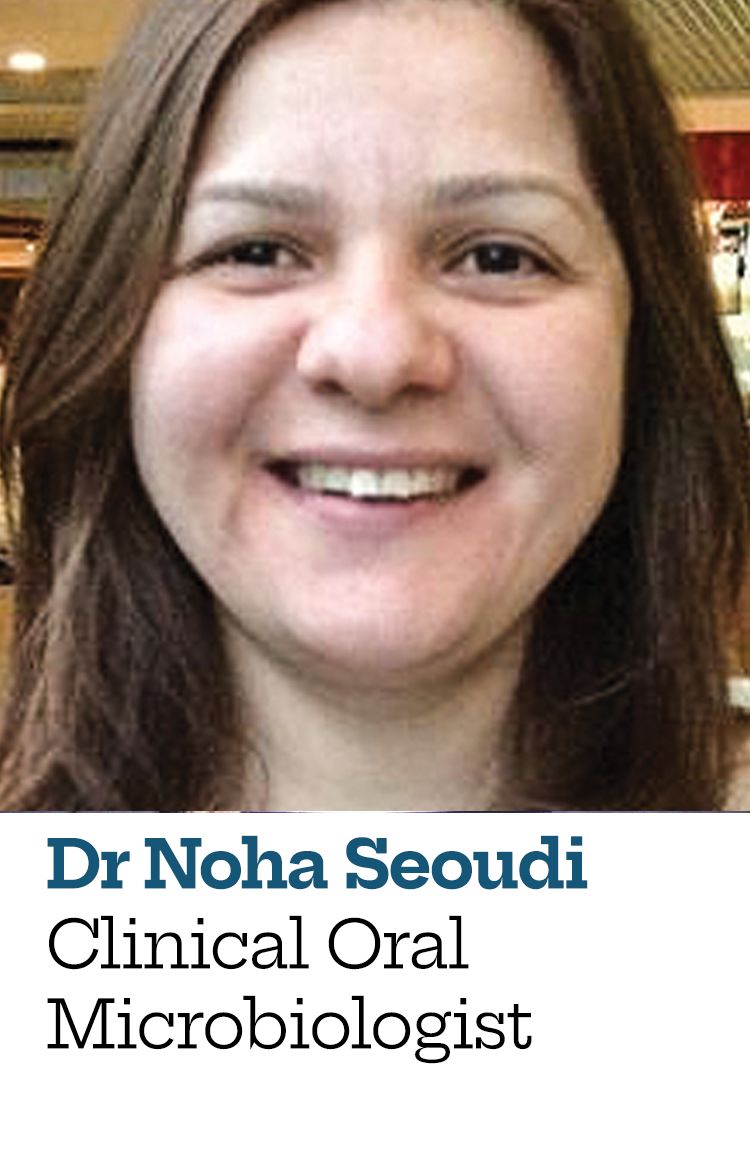Antimicrobial resistance: a global threat
Working together is the key to improving knowledge and raising awareness of AMR, says Dr Noha Seoudi
In 2019, 4.95 million global deaths were associated with bacterial resistance and 1.27 million were directly attributed to antimicrobial resistance (AMR)1.
That year in the UK, 87,500 deaths were reported to be directly related to infections. Of those, 35,200 were associated with AMR and 7,580 were attributed to it. These numbers also reveal that infection is the second most prevalent cause of death in the UK, behind ischaemic heart disease, which contributed towards 93,400 deaths in the same year2.
In 2019, the UK government also published its 20-year vision focusing on containing, controlling and mitigating AMR by 2040, with the aim of taking local, national and global ‘One Health’ approaches across humans, animals, environment and food, in line with global ambitions and in collaboration with partners and the international community.
This national action plan, ‘Confronting antimicrobial resistance 2024 to 2029’, has nine strategic outcomes under four themes: (1) reducing the need for, and unintentional exposure to, antimicrobials; (2) optimising use of antimicrobials; (3) investing in innovation, supply and access; and (4) being a good global partner3.
To be able to achieve safe prescribing of antimicrobial agents, accurate diagnosis is crucial. This would avoid using antimicrobial agents unneccessarily for the treatment of other diseases that carry the risk of resistance development in microflora colonising the human skin and mucosa.
These colonisers might cause infections in patients with low immunity, or they could cause surgical-site infections, rendering what were previously considered simple procedures to become life threatening.
Accurate diagnosis will also protect patients from delayed management of non-infective conditions and their related mortality and morbidity.
All prescribers are required to develop competency on diagnosis and management of infections, including the use of microbiological and other investigations to diagnose and monitor response to treatment of infections and their complications, such as severe sepsis, for individual patient care and for public health purposes3.
The World Health Organization global estimation from 2017 suggests 48.9 million cases of sepsis occur each year, with 11 million deaths.
The UK Sepsis Trust reports five people die with sepsis every hour in the UK.
Therefore, it is crucial to diagnose and manage sepsis quickly and remember the Sepsis Six concept, with its three diagnostic and three therapeutic steps that should be delivered within one hour of suspecting the illness: (1) titrate oxygen to a saturation target of 94%; (2) take blood cultures and consider source control; (3) administer empiric intravenous antibiotics; (4) measure serial serum lactate; (5) start intravenous fluid resuscitation; and (6) commence accurate urine output measurement.
To help medical and dental students, educators and practitioners improve their knowledge of and skills on AMR, the British Society of Antimicrobial Chemotherapy developed ‘Keep Antimicrobials Working’ resources4.
There are also many national resources, such as the ‘Safeguarding antibiotics for Scotland, now and for the future’ website developed by the Scottish Antimicrobial Prescribing Group5 and the ‘Dental antimicrobial stewardship toolkit’ created by the English Surveillance Programme for Antimicrobial Utilisation and Resistance Dental Subgroup6. Additionally, World AMR Awareness Week is celebrated on 18-24 November every year.
We invite you to utilise these resources to develop your AMR knowledge and skills. Let’s work together to improve the clinical outcome for our patients and safeguard antimicrobial agents by enhancing our ability to diagnose and manage infections in a timely manner.
References
1 Antimicrobial Resistance Collaborators. Global burden of bacterial antimicrobial resistance in 2019: a systematic analysis. Lancet 2022; 399(10325): 629-655.
2 Institute for Health Metrics and Evaluation. AMR policy briefing by country. www.healthdata.org.
3 UK Government. Antimicrobial prescribing and stewardship competency framework (2023). www.gov.uk.
4 British Society of Antimicrobial Chemotherapy (BSAC). Keep Antimicrobials Working (KAW). bsac-kaw.co.uk.
5 Scottish Antimicrobial Prescribing Group. Safeguarding antibiotics for Scotland, now and for the future. www.sapg.scot.
6 UK Government. English Surveillance Programme for Antimicrobial Utilisation and Resistance (ESPAUR). Dental antimicrobial stewardship toolkit: www.gov.uk.
References
1 Antimicrobial Resistance Collaborators. Global burden of bacterial antimicrobial resistance in 2019: a systematic analysis. Lancet 2022; 399(10325): 629-655.
2 Institute for Health Metrics and Evaluation. AMR policy briefing by country. www.healthdata.org.
3 UK Government. Antimicrobial prescribing and stewardship competency framework (2023). www.gov.uk.
4 British Society of Antimicrobial Chemotherapy (BSAC). Keep Antimicrobials Working (KAW). bsac-kaw.co.uk.
5 Scottish Antimicrobial Prescribing Group. Safeguarding antibiotics for Scotland, now and for the future. www.sapg.scot.
6 UK Government. English Surveillance Programme for Antimicrobial Utilisation and Resistance (ESPAUR). Dental antimicrobial stewardship toolkit: www.gov.uk.



